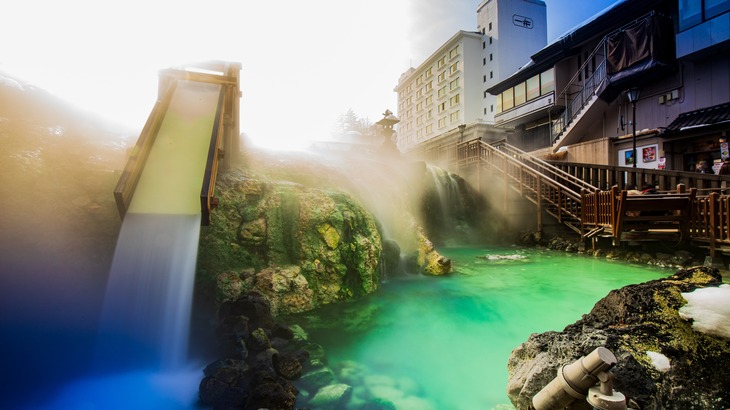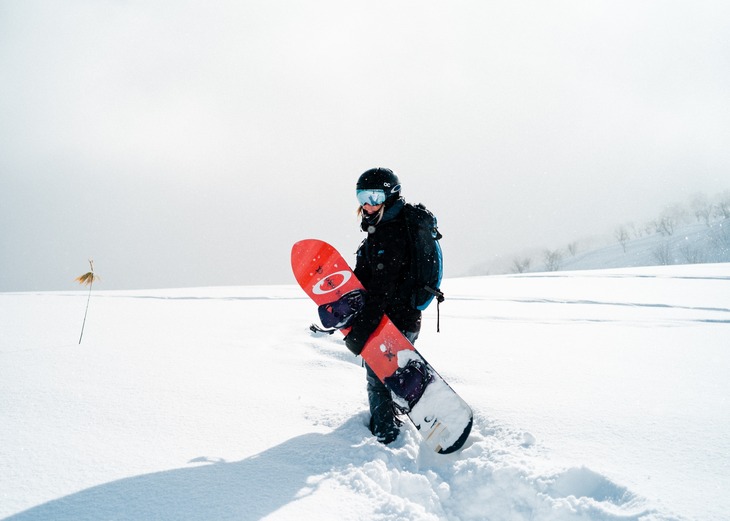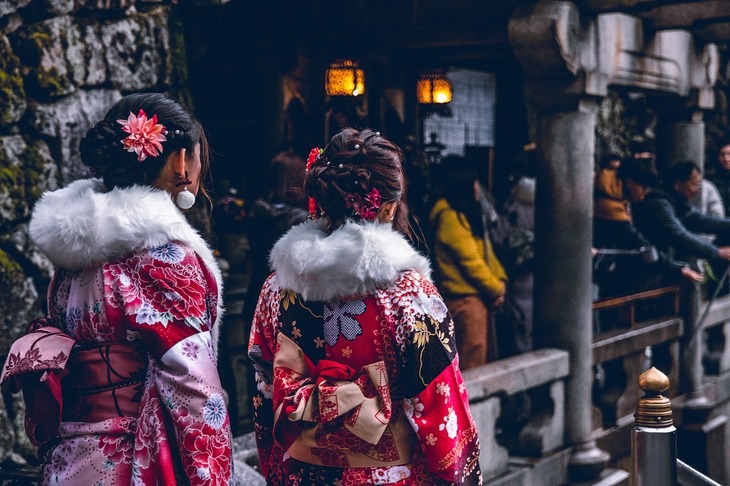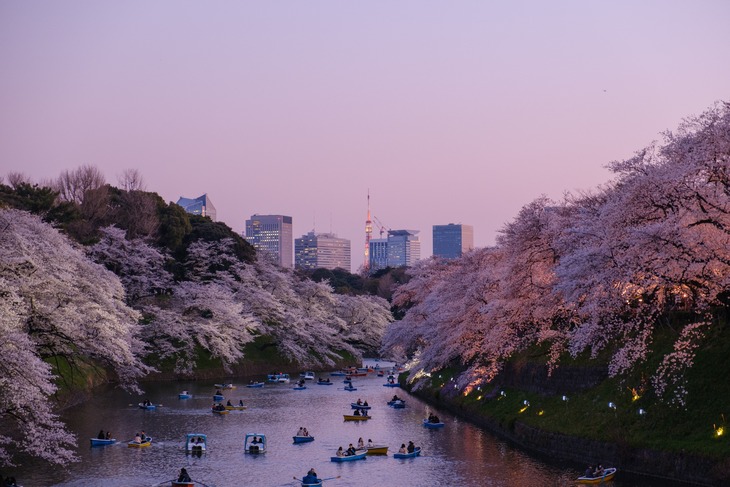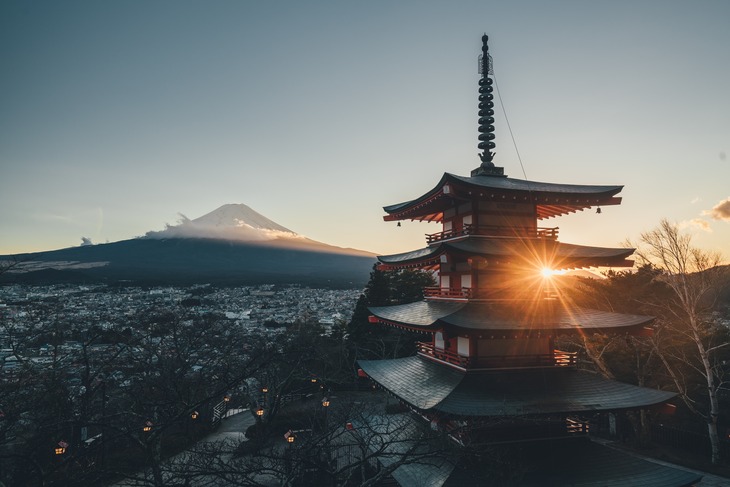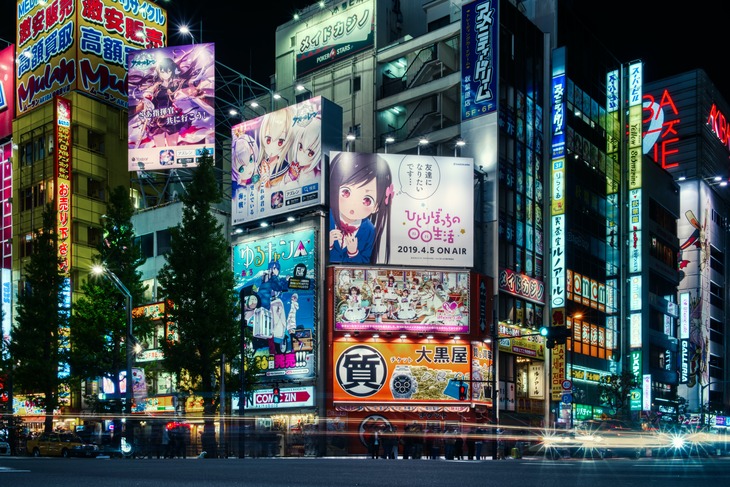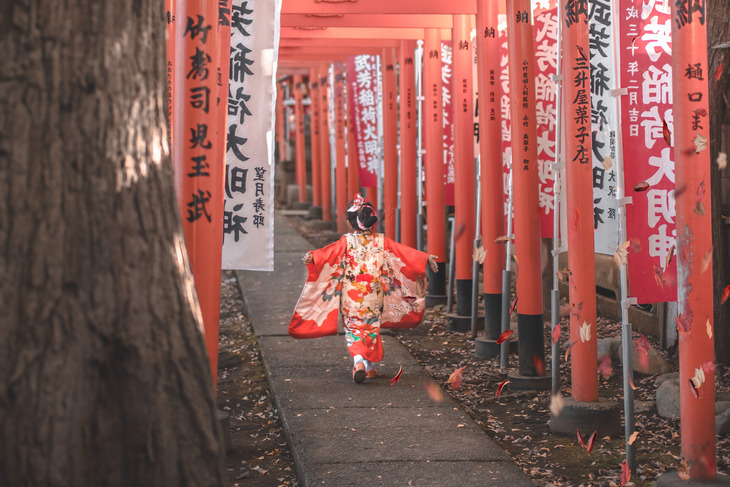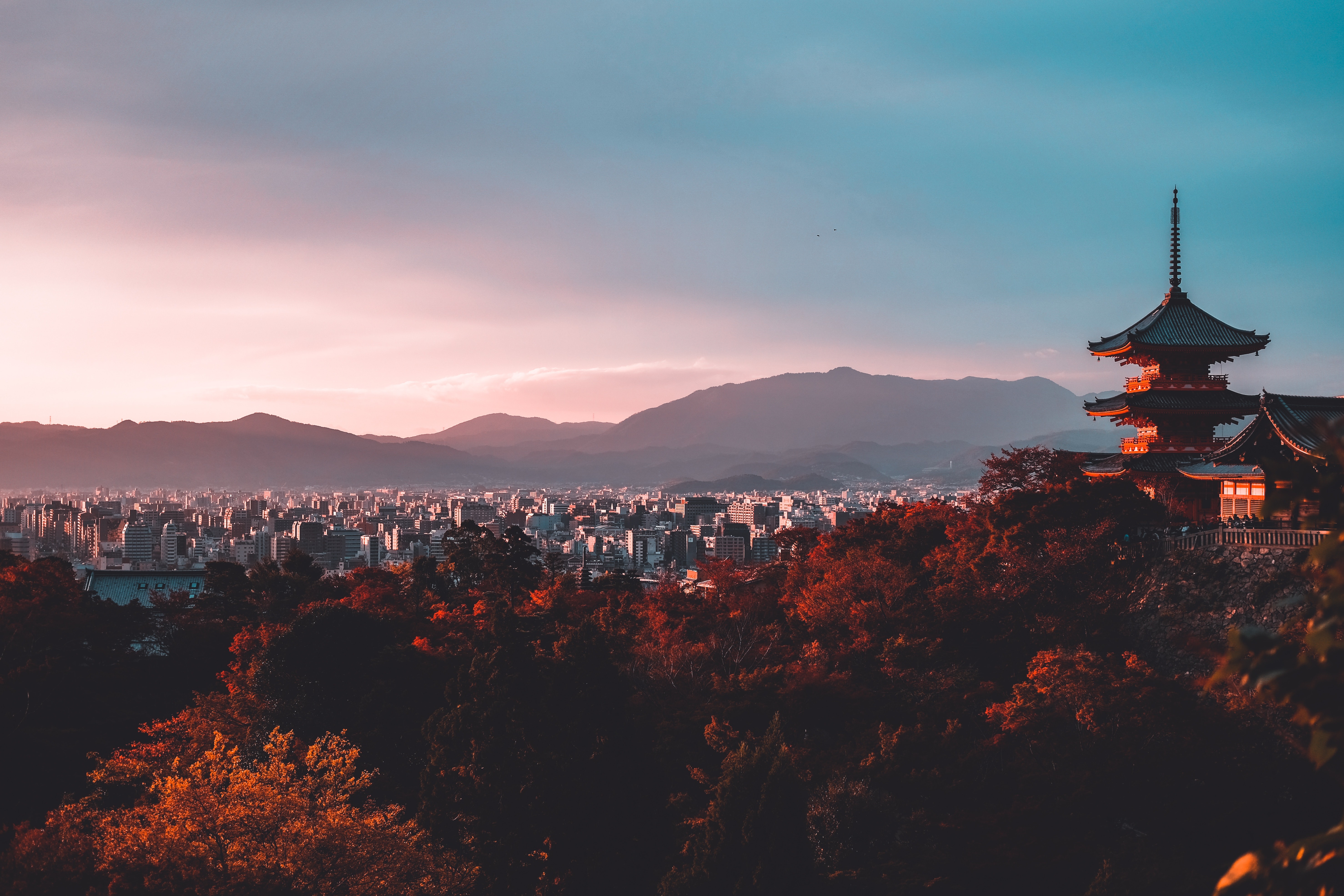Everything You Need to Know About Hot Springs in Japan
Chances are that when you hear "Japan," one of the first things that you think of is a hot spring or, as they are called in Japanese, an onsen. Japan is known as the country to go to for hot springs and people will come from all over the world to relax in an onsen and take in this wonderful part of Japanese culture.
Bathing is a deeply-rooted part of Japanese culture, and so you can find hot springs or public baths all across the country in big cities, small towns, rural villages, and even on top of mountains. No matter where you choose to visit in Japan, you'll be able to find an onsen or bathhouse nearby as long as you take the time to look.
When you come to Japan, you absolutely need to take the time to try out an onsen at least once. But when you do, you need to be aware that there are a lot of manners and etiquette, both written and unwritten, that you should keep in mind and follow when you use a hot spring so that you and everyone around you can enjoy the onsen without causing anyone else any discomfort.
So let's look at manners and etiquette you should follow when you are at a hot spring, as well as dive a little deeper into onsen culture and some of the things that you can enjoy at an onsen besides the hot springs.
The Basics You Need to Know
First, let's look at the basic rules and etiquette that you should know and follow when you're at an onsen. Doing (or not doing) these things will help you have a great experience and help you avoid offending anyone or causing discomfort to those around you.
・What to Do in the Changing Room
Before you enter the hot spring proper, you'll usually find yourself in a large changing room used by all the onsen's patrons. In this room, using your cell phone is almost always prohibited, so be sure to turn it off or keep it stored away. You can always reply to any messages after you've finished taking a bath.
This is where you'll get naked before entering the hot spring (unless it's a hot spring that allows swimsuits, in which case change into that). There will usually be either lockers or baskets available to keep all your clothes and belongings while you're in the hot spring. Lockers can often be locked with a key that has a wristband attached to it, so once you've put away all your stuff be sure to lock the locker and bring the key with you. You're allowed to wear the wristband with the key when you're in the baths.
・Shower BEFORE Getting in the Baths
Usually, once you exit the changing room you'll be met by rows of showers. Before you enter the hot springs, you should absolutely take a shower. The idea is that everyone entering the baths will be clean, helping keep the water sanitary and therefore keeping everyone healthy. Take the time to use the shampoo, conditioner, and body wash that will be provided, and think of it as the first relaxing step of your onsen experience.
While it's common at home to stand while taking a shower, at onsens people always take showers sitting down on stools. Since there are usually no partitions between the showers at onsens, sitting while showering helps make sure you aren't accidentally splashing the people around you.
・Put Things Back Where You Found Them
If you move a chair, shampoo, body wash, or anything else you find in the hot spring, it is good manners to put it back where you found it when you're done. And if you bring any personal items with you (like shaving cream, a razor, or a brush) be sure to put them away after using them and don't leave them at the showers.
・If You Have Long Hair, Tie It Up!
Generally, hair is thought of as the most unsanitary part of the body, so if you have long hair you should tie it up so that it doesn't touch the water, even if you washed it beforehand. You could also wear a shower cap or wrap a towel around your head, but a towel could easily come loose and fall into the water, which is something you want to avoid (more on that a little later).
・Check Tattoo Policies & Cover Tattoos if You Need To
Some onsens outright prohibit anyone with tattoos from using their public baths, while others will allow you to enter the bath if you have a tattoo as long as you can somehow cover it up. It's possible to buy special "tattoo covers" that are skin-colored and waterproof that you can put over your tattoos. The onsen may have some available for you to buy or you may need to pop into a local drug store to buy some before going to the onsen.
There are also onsens that allow you to have tattoos and openly show them in the baths, but be sure to check the onsen's policies before going. You don't want to wind up in a situation where you're excited to take a nice relaxing bath only to find out that the onsen won't let you in because of your ink!
You can learn more about having tattoos in Japan and onsen tattoo policies by checking out our other article here.
・Don't Put Towels in the Water!
You'll usually see most people in the hot spring carrying around a small towel with them as they enjoy the baths. It's fine to bring a small towel with you to cover your private areas if you're feeling a little nervous being naked in a hot spring with strangers, but make sure that you keep the towel out of the water! You can leave it on the side of the bath or soak the towel in cold water before entering a bath and then keep it on your head to prevent yourself from overheating in the bath.
・It's OK to Chat... Quietly!
If you go to an onsen with friends or family, it's fine to talk to them while you're in the baths. But keep in mind that onsens are supposed to be places of rest and relaxation, so there may be patrons there by themselves who are just trying to enjoy themselves peacefully. So if you want to talk with people, try to do so quietly.
・Don't Splash Around!
This should go without saying, but hot springs are baths, not swimming pools. So don't dive or cannonball into the bath, and once you're in don't splash around. If you have kids and they're playing or splashing around a bit people will understand to some extent, but do try to keep them from playing as much as you can.
・Rinse Before and After Entering Baths!
This one is arguably optional but worth doing! In many onsens, there will be dedicated tubs of water near the entrance to the baths that you can use to rinse yourself off before or after entering a bath. If you do it before, it'll help get your body ready for the heat of the bath so that you can handle the higher-temperature water better. If you're not used to hot springs or bathing in hot water, it can potentially be dangerous to get in the bath without preparing your body, so if you're a little concerned about that this could be a good thing for you to do.
Some people also take a quick shower again before leaving to rinse off any minerals that might have been in the water if they have sensitive or easily irritated skin. If you bathed in a saltwater hot spring, this could be a good idea to help avoid drying out your skin. That being said, the minerals in the water used in hot springs are often said to have medicinal properties, so if you take a shower after bathing you'll be washing off all of that, so keep that in mind if that was one of the reasons you chose to go to an onsen.
・Wipe Yourself Down Before Going to the Sauna or Changing Room
Onsens will often also have a sauna that you can enjoy after taking a bath. But keep in mind that if you walk into the sauna right after getting out of a bath, you'll soak the area where you sit and make it a little unpleasant for the next person who uses that spot after you. That's why it's a good idea to give yourself a quick wipe-down with a towel before you head into the sauna.
Also, if you decide to spend some time in a sauna and then want to go back into a bath, be sure to rinse yourself off at one of the tubs of water or showers we mentioned in the last point before getting back in the water!
Before you head back to the changing room, be sure to dry yourself off a bit as well with that towel that you brought with you into the hot spring area. That way you don't drip too much water everywhere and make life harder for the cleaning staff or other patrons.
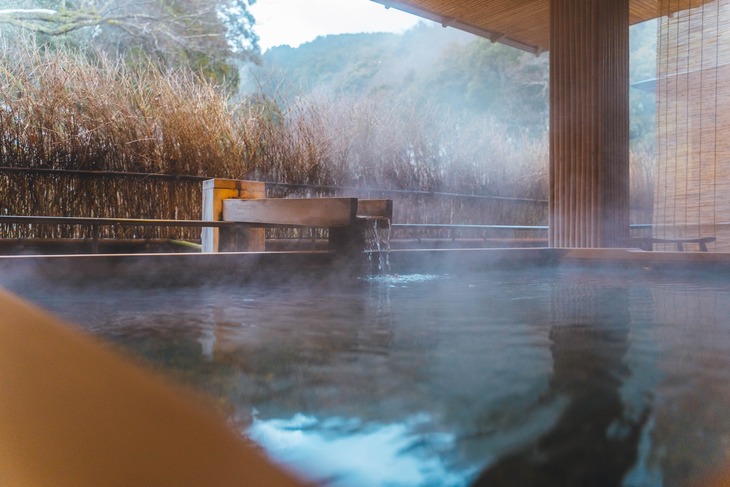
Local Onsen Culture
Depending on the onsen you go to, there may be other facilities or things to do there that you can enjoy besides just taking a bath. You'll often see locals doing these things, but not as many tourists. So here are a couple of things you can do at many onsens that'll make you feel more like a local and have a more "real" onsen experience.
・Drink Milk!
It's a bit of a tradition in Japan to drink milk or coffee milk after a hot bath in a hot spring. Traditionally these are sold in small glass bottles that you dispose of near where you got them. You'll sometimes find vending machines full of only these two drinks, or they'll be sold at a small shop inside the onsen.
While you could choose any other cold drink to cool down after getting out of the hot springs, if you want to enjoy authentic Japanese culture and feel like a local, go for the milk!
・Play Some Ping-Pong!
A lot of Japanese hot springs will have ping-pong tables set up outside of the baths and changing rooms for people to play. You could work up a sweat playing ping-pong before washing off in the hot springs, or enjoy a round or two right after.
Have an Amazing, Relaxing Time!
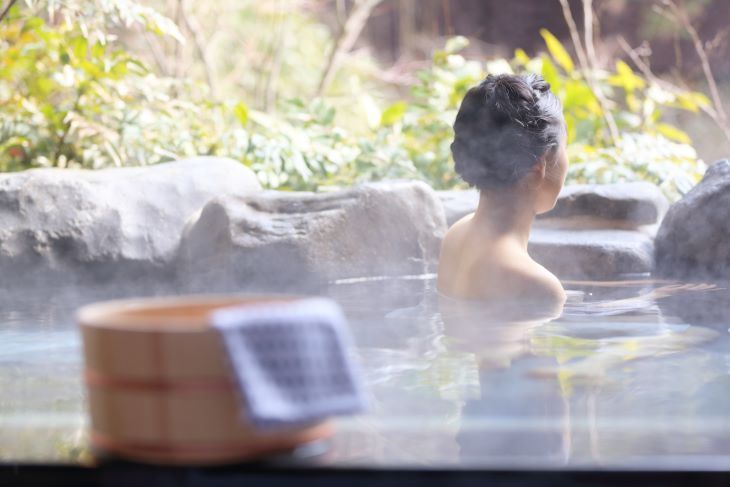
Unless you are using a private onsen, keep in mind that hot springs are public facilities that are used by many people. As long as you are respectful, follow the written and unwritten rules, and don't bother others, you can have an absolutely fantastic time at any bathhouse or onsen in Japan. While it may seem like there is a lot to keep in mind, much of what you should be careful of is common sense and easy to do without thinking about it too much.
Onsens are one of the absolute best parts of Japanese culture so no matter where in Japan you are planning to visit, be it Tokyo or a tiny ryokan in the countryside, take the time to relax at an onsen. It will be an amazing memory to take home with you.












